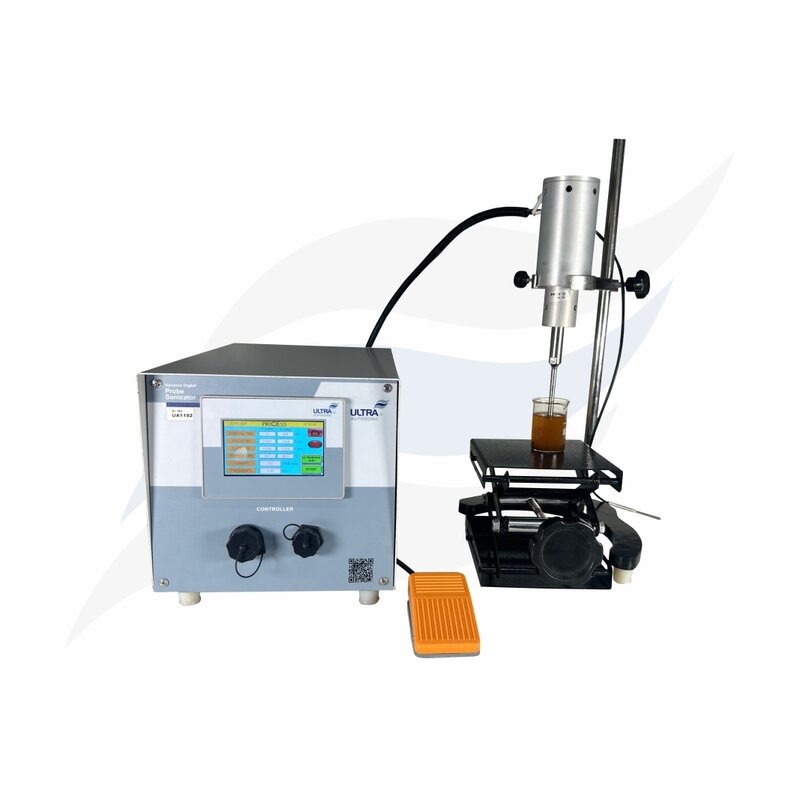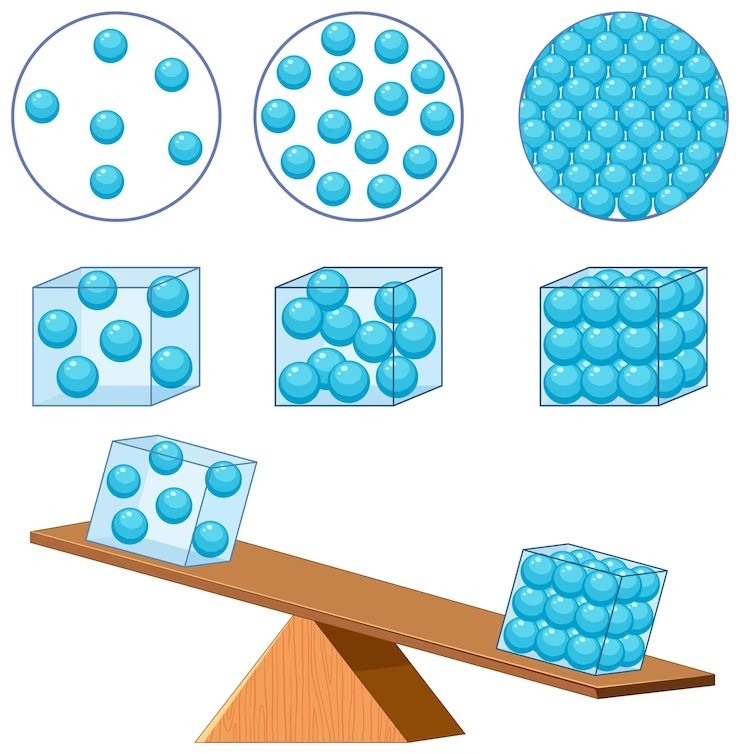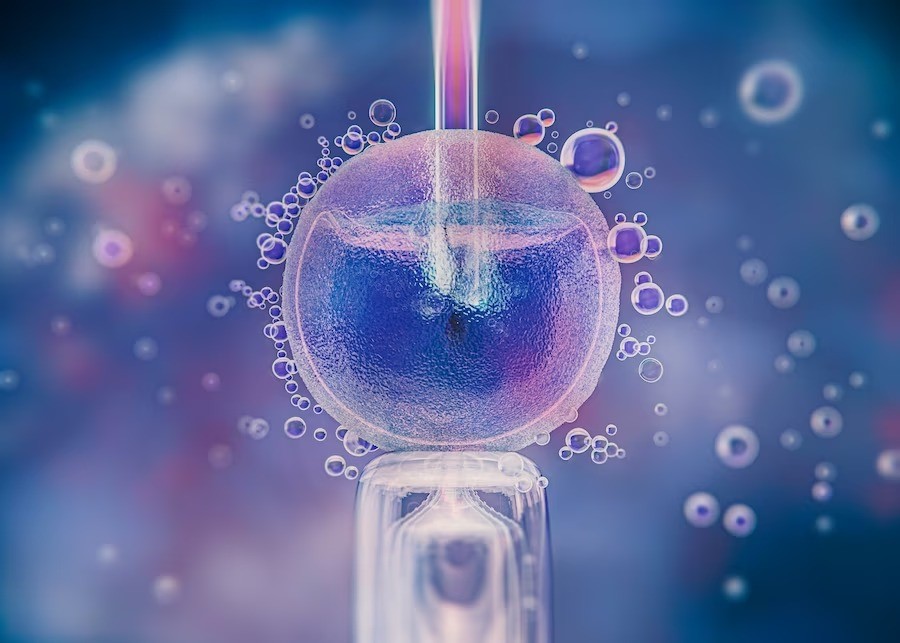Ultrasonic Technology in the pharmaceutical industry may continue to evolve as research and technology progress. It has gained significant importance in pharmaceutical manufacturing and research due to its versatility and effectiveness in achieving specific goals.

Ultrasonic sonication is used to enhance the solubility and bioavailability of poorly soluble drugs. By subjecting drug particles to ultrasonic waves, their size can be reduced, leading to an increase in surface area and improved dissolution properties. This technique can help in the development of drug formulations with enhanced drug delivery and therapeutic efficacy.
Ultrasonic sonication is employed to produce stable nanoemulsions and liposomes. By applying intense ultrasound, it is possible to break down large droplets into smaller, more uniform ones, resulting in the formation of nano-sized droplets. This technique is used to encapsulate drugs, enhance their stability, and facilitate their targeted delivery to specific sites in the body.
Active pharmaceutical ingredients (APIs) can be encapsulated within polymeric or lipid-based nanoparticles using ultrasonic sonication. The high shear forces generated by the ultrasonic waves help in dispersing and entrapping the API within the nanoparticles. This encapsulation technique can protect the API, control its release profile, and improve its stability.
Ultrasonic sonication is employed to disrupt cells and extract intracellular components. This technique is used to release proteins, enzymes, DNA, RNA, and other bioactive molecules from cells, facilitating their purification and downstream processing. It is particularly useful in biotechnology and pharmaceutical research for the production of recombinant proteins and extraction of therapeutic compounds from biological sources.
Ultrasonic sonication is utilized to break down agglomerates and reduce particle size in pharmaceutical powders or suspensions. By subjecting the material to intense ultrasound, the interparticle forces are disrupted, resulting in smaller particles with improved flow properties, increased surface area, and enhanced bioavailability.
Ultrasonic sonication is employed for cleaning and sterilizing pharmaceutical equipment, containers, and components. The cavitation generated by the ultrasound helps in removing contaminants and microorganisms from surfaces and crevices, providing effective cleaning and decontamination.

API Encapsulation

Deagglomeration and Particle Size Reduction

Nanoemulsion and Liposome Formation